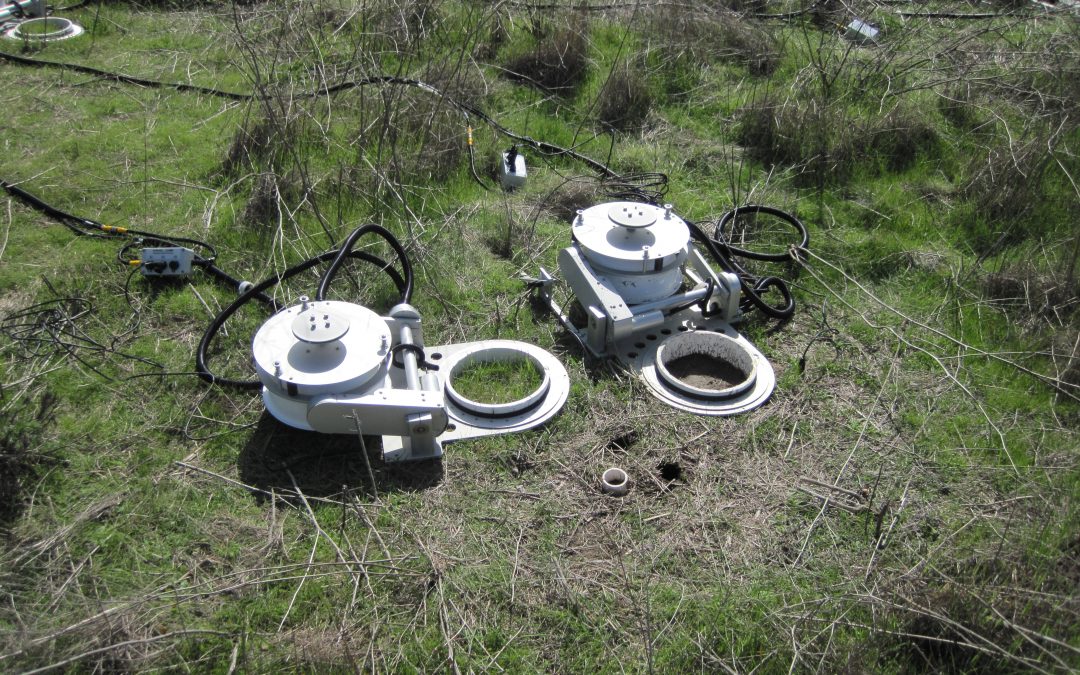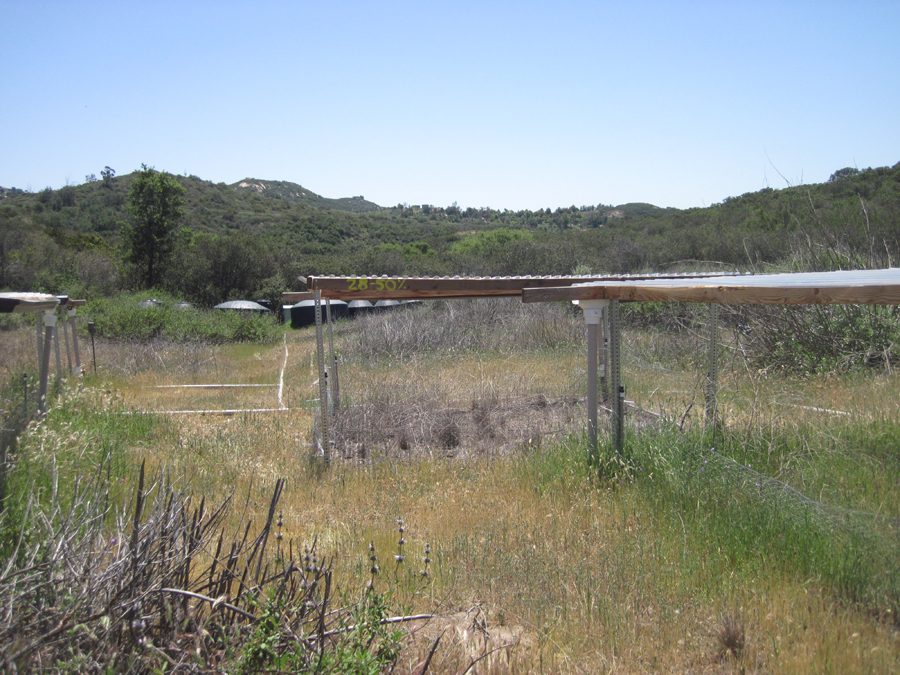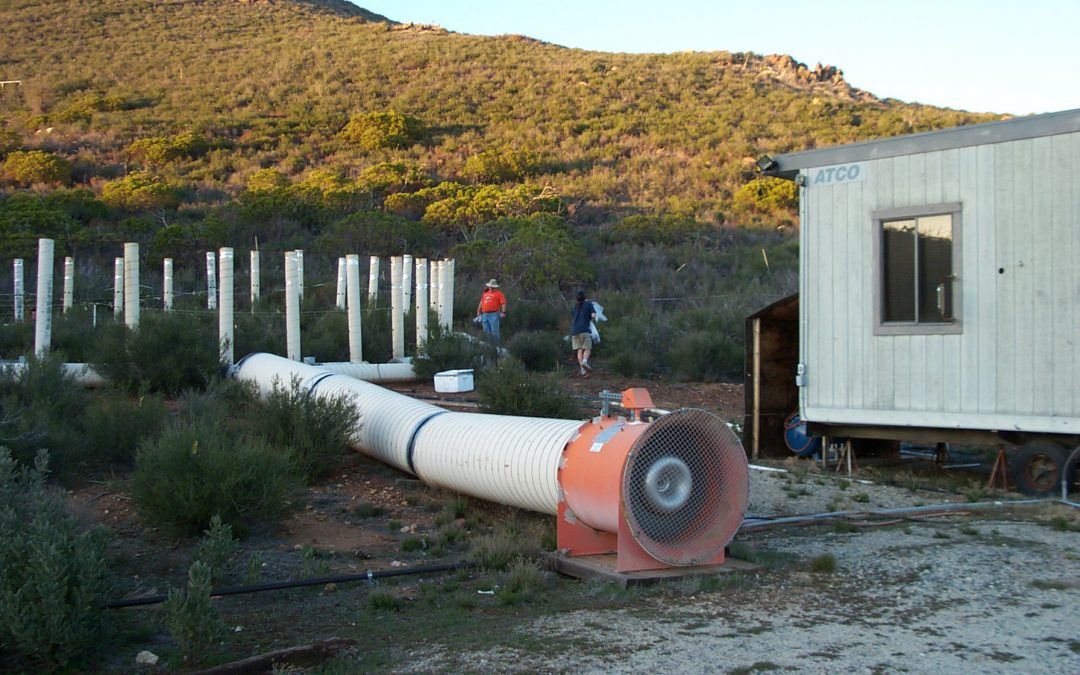
by David Lipson | Jan 12, 2019 | Fire, Global Change, Research, Sky Oaks
Semiarid ecosystems represent a large fraction of the Earth’s surface, and have a strong influence on interannual variability in the global C cycle, despite having relatively low productivity. SDSU Doctoral student, Andrea Fenner, is performing her dissertation...

by David Lipson | Jan 12, 2019 | Fire, Global Change, Plant Ecology, Research, Sky Oaks
SDSU’s Sky Oaks Field Station (SOFS) recently hosted a visit from the DRIVING-C team, who are using drone photogrammetry to measure aboveground biomass in the chaparral vegetation. Drylands play a major role in the global carbon cycle, as these areas are believed to...

by David Lipson | Jan 12, 2019 | Global Change, Plant Ecology, Research, SMER, Soils
Coastal sage scrub (CSS) is a semi-arid shrub-dominated ecosystem found in southern California. CSS has been reduced to a tiny fraction of its original extent due to urbanization, conversion to agriculture and degradation by invasive exotic annual plant species. The...

by David Lipson | Jan 12, 2019 | Global Change, Plant Ecology, Research, SMER, Soils
We recently completed an NSF-funded rainfall manipulation experiment at Santa Margarita Ecological Reserve. The experiment is investigation the interactive effects of plant functional type (native shrubs vs. exotic annual species) and altered rainfall. This is a...

by David Lipson | Jan 12, 2019 | Global Change, Research, Sky Oaks, Soils
In collaboration with the Global Change Research Group (GCRG) and Cheryl Kuske at LANL, we studied the effects of free air CO2 enrichment (FACE) on soil fungal communities in a chaparral ecosystem. We found that elevated CO2 increased root production, which led to an...






